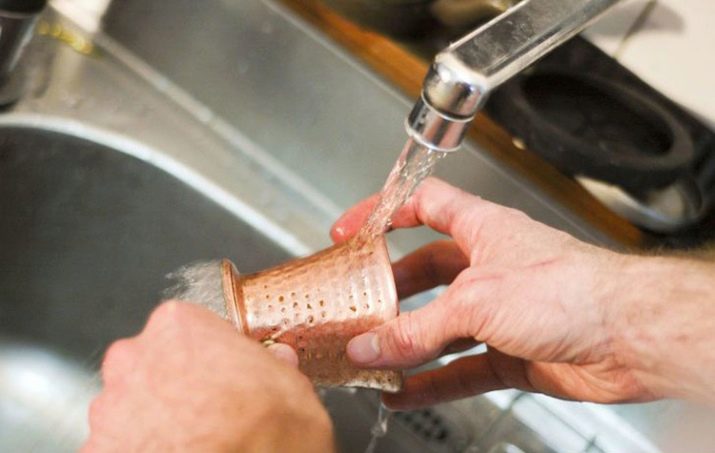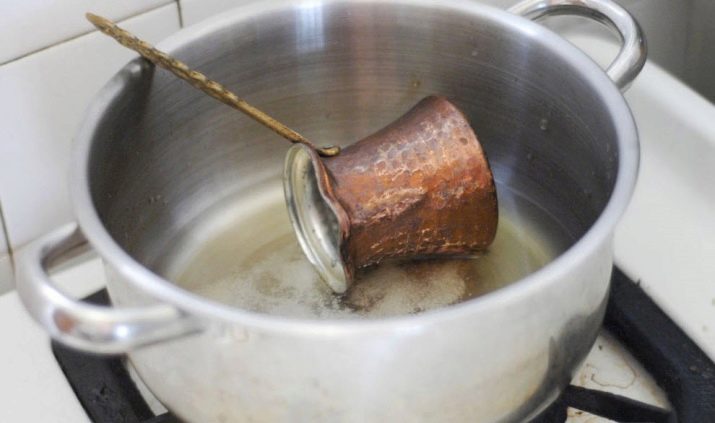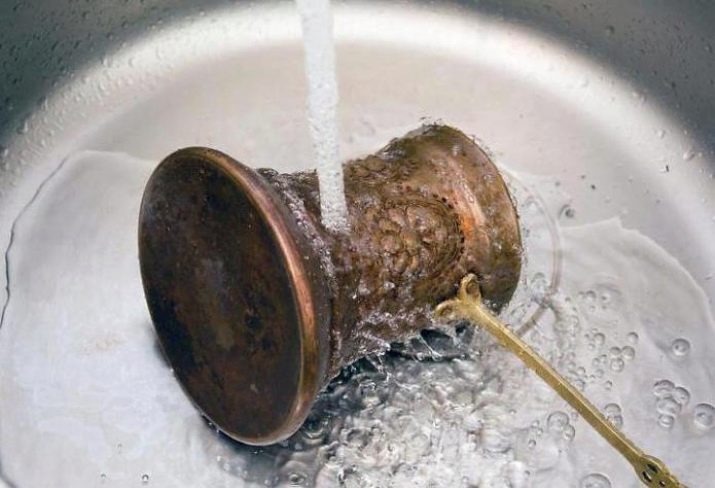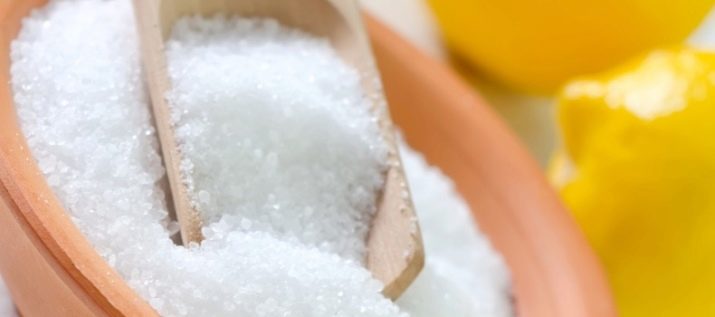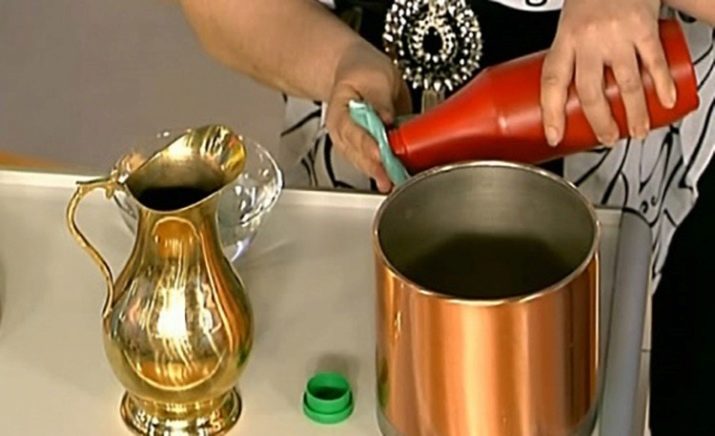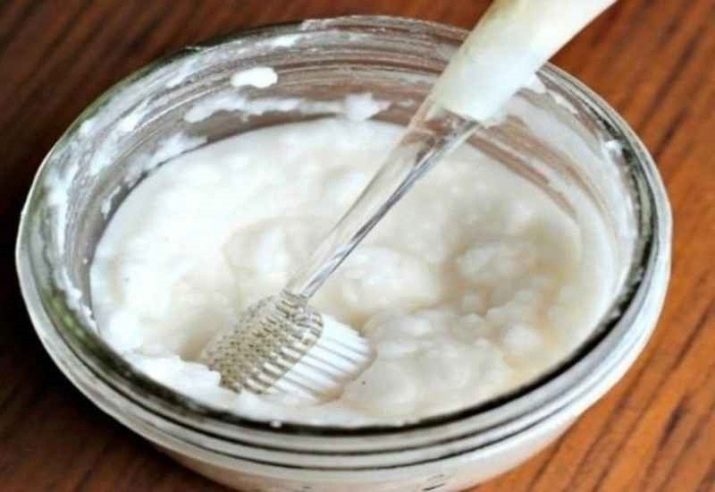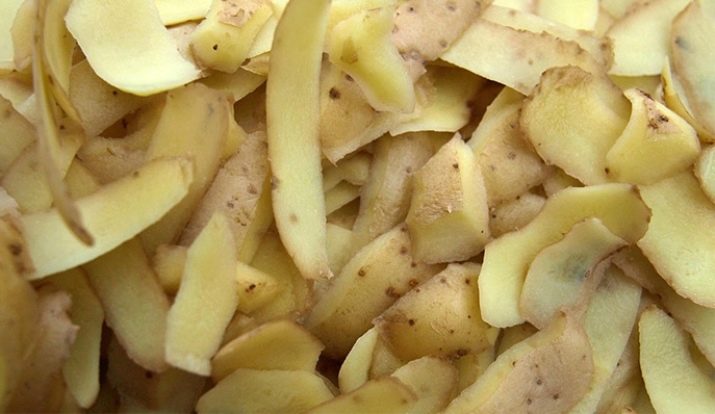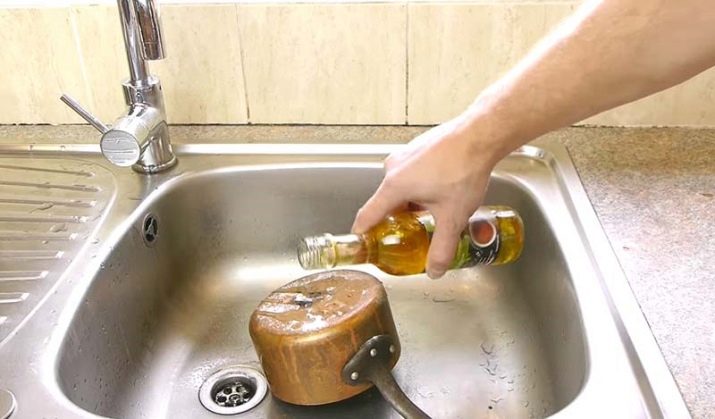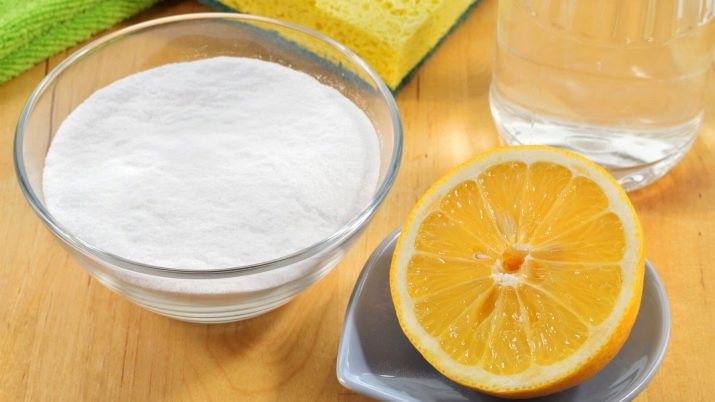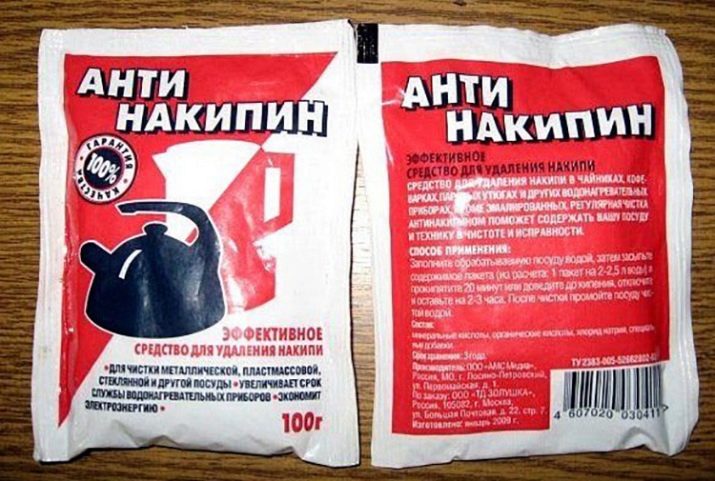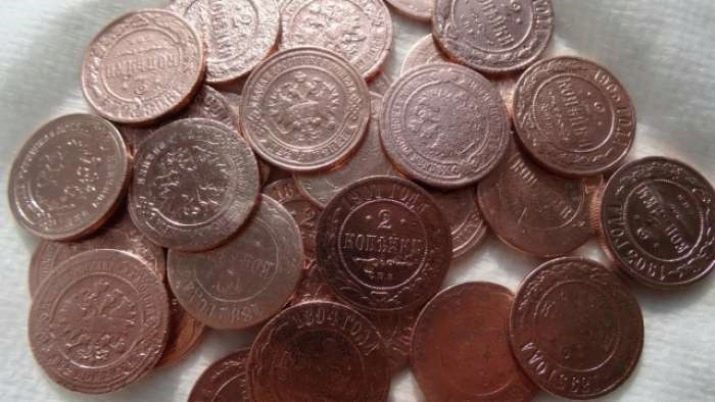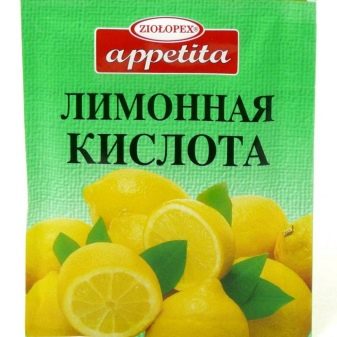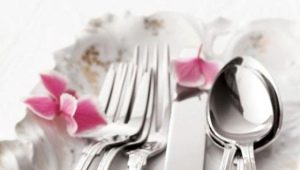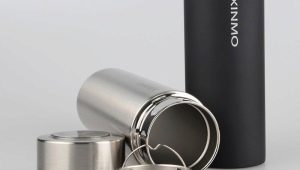How to clean copper at home?
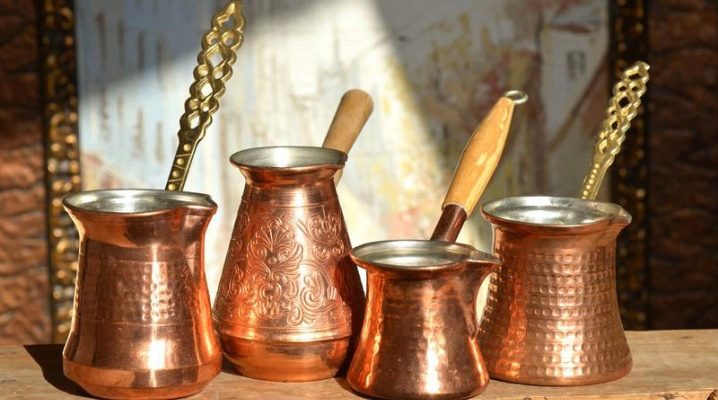
One of the very first metals that man began to use to create household items was copper. It melts easily, beautiful and light. Many things were made from it, ranging from dishes and jewelery to instruments for agriculture.
Means and methods
Over the many years of copper exploitation, several effective methods have been identified for cleaning plaque and oxide from its surface. When cleaning any product you need to make sure that it does not have a varnish coating. If it is present and not damaged, then the item can be washed using ordinary detergent:
- It is enough to apply a solution of detergent and water in the ratio of 1 to 5 (100 grams of detergent for every 500 ml of water) on the surface of the product.
- Wait at least 20 minutes.
- Then simply wash the copper product with a kitchen sponge and wipe dry.
If the paintwork has chipped or has already lost its integrity, then it is worth removing it completely. This way you can access the copper surface and continue using the item without any coatings. For this you need:
- Immerse the object to be cleaned in a solution of soda and water. The solution is made from the calculation of a tablespoon of soda per liter of water.
- Put the container to boil for 30-40 minutes.
- If the water boils away, it is necessary to top up the solution to the desired level during the whole boiling process.
- When the copper object is removed from the solution, the varnish remains can be easily removed with a hard brush or cloth.
A quick way to clean any dishes, including copper, is clear paper glue and soda ash solution:
- Dissolve three cans of glue and a full handful of soda ash in 5 liters of water.
- Immerse there the item requiring cleaning. Boil for 30 minutes.
- Then we take another hot thing and abruptly dip it in cold water.
- Any kind of pollution after this procedure will go away easily. It is necessary to additionally wipe the product with a conventional sponge or cloth.
You can clean and scrub green with the help of an ordinary lemon. For this you need:
- Cut the lemon along.
- Half a lemon in the place of the cut pour a teaspoon of soda and this surface to clean the object.
The tool works great due to the use of citric acid. If there is no lemon, then experts advise to use powdered citric acid. It must be diluted with water to the state of sour cream. Then you need to soak a rag or a toothbrush in the resulting mixture and wipe the copper object in a circular motion.
Cleaning with ammonia or ammonia may be performed only in fresh air or in a well-ventilated area. This method is good not only for cleaning green patina, but also when the copper turns dark. Using these tools is quite simple - you need to moisten the sponge with a solution and wipe the copper surface.
Lemon juice or dried citric acid mixed with wheat flour and table salt also give a good result. It is necessary to dilute with water all the components to the consistency of sour cream and polish the copper with the resulting composition.
Ketchup or tomato paste will also help to quickly clean the copper products. To do this, apply them to the surface of the product and leave for 12 hours, then gently remove the cloth rags.
For a long time kerosene was used to clean copper items. This method was especially popular with sailors on long-distance vessels. They polished all the copper parts of the vessel with brilliance.A kerosene-based cleaning agent is made very simply: crushed white chalk is poured onto a cloth dipped in kerosene, and this surface wipes a pre-wetted copper surface with water. Brilliance after the procedure is guaranteed.
Well helps to clean the film on copper a mixture of toothpaste and soda, which rub the metal surface. You can also use a mixture of tooth powder and ammonia. Ingredients must be diluted to a consistency of suspension. The resulting solution is moistened with a cloth or sponge and rubbed on the surface.
Sodium borate reading:
- 50-80 grams of sodium borate and 25 ml of ammonia solution (liquid ammonia) are poured on half a liter of warm water. All must be thoroughly mixed.
- The resulting mixture is treated surface in need of cleaning.
- If necessary, the process can be repeated several times.
Effective for cleaning copper and goi paste. A little paste should be applied to the surface with a felt or felt cloth, then with a circular motion to polish the object. This paste is an abrasive material that contains chromium particles.
It will not only remove the film, but also give a mirror shine to the surface being cleaned.
Also, experts recommend using a solution of salt and vinegar, in which you want to boil the object to be cleaned for 30 minutes.
If the copper product does not contain impurities that may turn black, then it is possible to use sulfamic (also called aminosulfonic) acid for cleaning. Naturally, in its application it is necessary to protect the skin and use gloves, as this substance can cause serious burns.
There are more variations of this method. using acetic acid. In equal parts mixed vinegar, salt and bran. The resulting mixture rub copper surface.
Samovars, Turks and kettles
The outer surface can be cleaned using the methods described above. But with the inside of the situation is more complicated. This is especially true in those cases when a lime scurf is formed in a vessel for boiling water, be it a kettle, a samovar or a Turk.
You can use a proven method using potato peel:
- Washed pelts, remaining after peeling potatoes, fall asleep in the object to be cleaned and pour boiling water over it.
- Then for about an hour we boil water with pelts in a cleaned dish.
- After boiling, pour out the contents of the dish and wash it in the usual way.
- After completion of the cleaning procedure, it is necessary to boil water several times in a dish with a change after each boil. This is done in order to remove the remnants of the raid.
Acetic essence of 60-75% also behaves well when cleaning copper dishes. The method of application is simple:
- 300 ml of essence are poured into a cleaned kettle, samovar or Turk.
- Fill with water (preferably warm) until the vessel volume is completely filled.
- Leave the solution to stand for about two hours.
- After that we merge liquid and we brush a vessel with a brush.
- After that, the product is thoroughly washed with water. This is necessary so that the acid residues are gone and do not affect the taste of water in the future.
Peel or citric acid very well help to remove scale from copper cookware. Use either the crusts of any citrus crops (lemon, mandarin, orange, lime), or the fruits themselves, or simply dry citric acid:
- Depending on the type of cleaning chosen, the vessel is placed in a vessel: skins up to half the volume, cut fruits in the same amount, or two or three packs of citric acid.
- It is necessary to make sure that the heated vessel is not full to the edge, otherwise when boiling a part of the liquid will splash out and soil the surface of the heating device and the vessel being cleaned.
- Boil the contents necessary for half an hour.
- After you should drain the water, wipe the walls of the product with a brush. If the limescale has not completely cleared, repeat the procedure.
- After the procedure, you need to boil several servings of water in order to citric acid, contained in the fruits of citrus fruits, washed from the walls of the vessel.
The simplest and most accessible method of cleaning will be to purchase a special descaling agent from teapots.
The only thing worth remembering is that dishwasher and washing machine cleaning products will not work. They are too aggressive and can spoil the cleaned copper surface.
Then we proceed according to the instructions attached to the tool itself. Cleaning of copper ware from a scum from clarification of ware from other materials does not differ in anything. But I would like to make a small remark regarding samovars. It consists of many different parts. Therefore, it is first desirable to disassemble the samovar and only after that carry out its cleaning in the way you choose.
Coins
There are people who are engaged in collecting various coins. Often in the collections come across coins of copper or copper alloys. They also may deteriorate the view from time to time.
If the coin contains not pure copper, but lead is also present, then its surface is covered with a yellow film. You can remove it by immersing the coin in a solution of water and laundry soap. It is necessary to hold the coin there for three hours, then remove and rub it to the desired shine with a rag dipped in vinegar.
With a solution of citric or oxalic acid, you can do this cleaning:
- The solution is diluted from a proportion of 1 tsp of acid per 100 grams of water.
- A cotton disk is dipped into it, and the coin is wiped with it.
- It must be remembered that after using the acid, the coin must be rinsed well, and during the cleaning process, especially with oxalic acid, gloves must be used to avoid chemical burns of the skin of the hands.
Red plaque from the coin, as well as copper bracelets and crosses, is removed at home with ammonia or ammonium carbonate. A coin is immersed in a solution of one of these substances, then washed with water. If the result is not satisfied, then the process must be repeated.
How to clean copper at home, see the next video.
